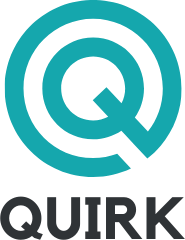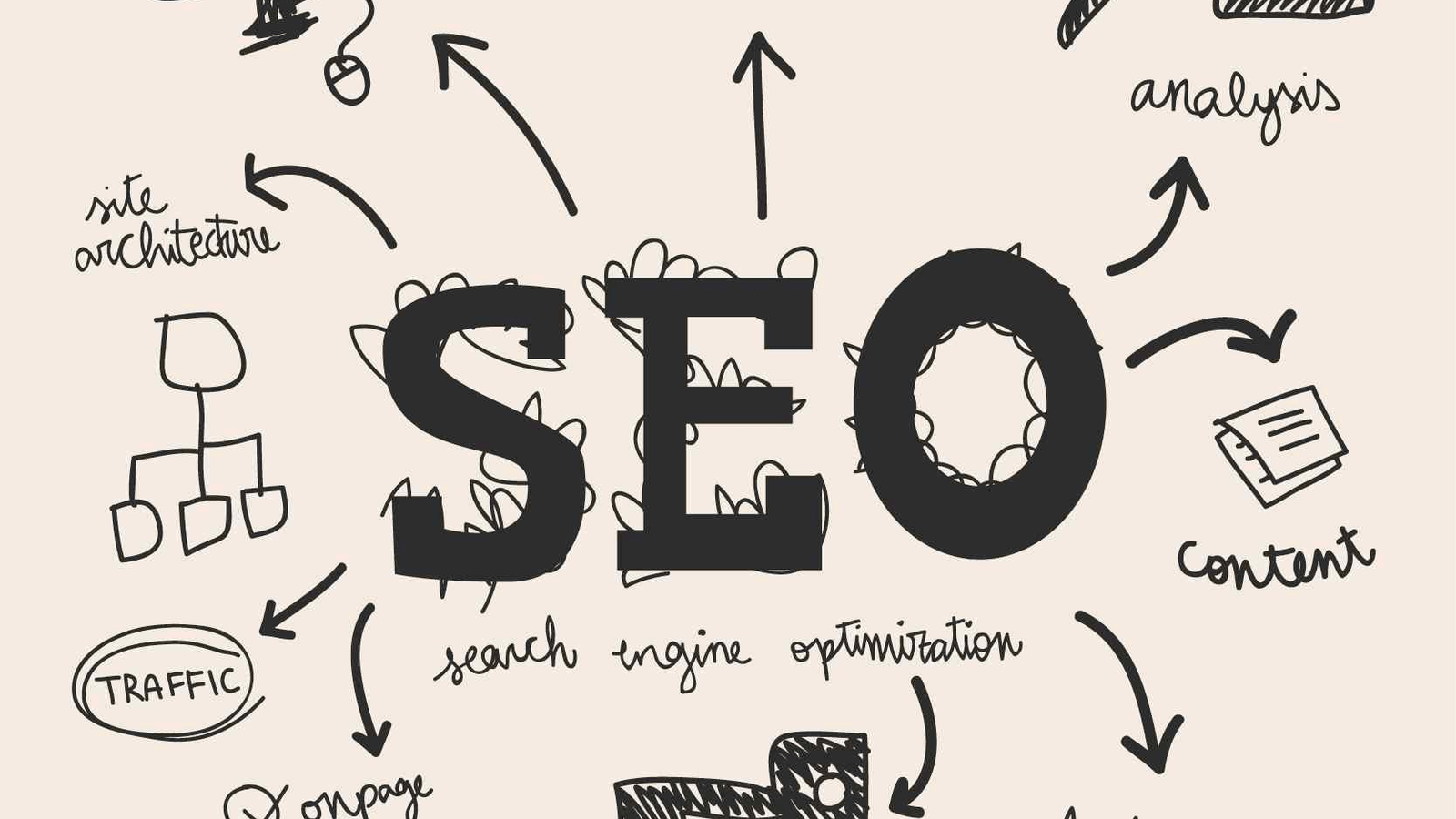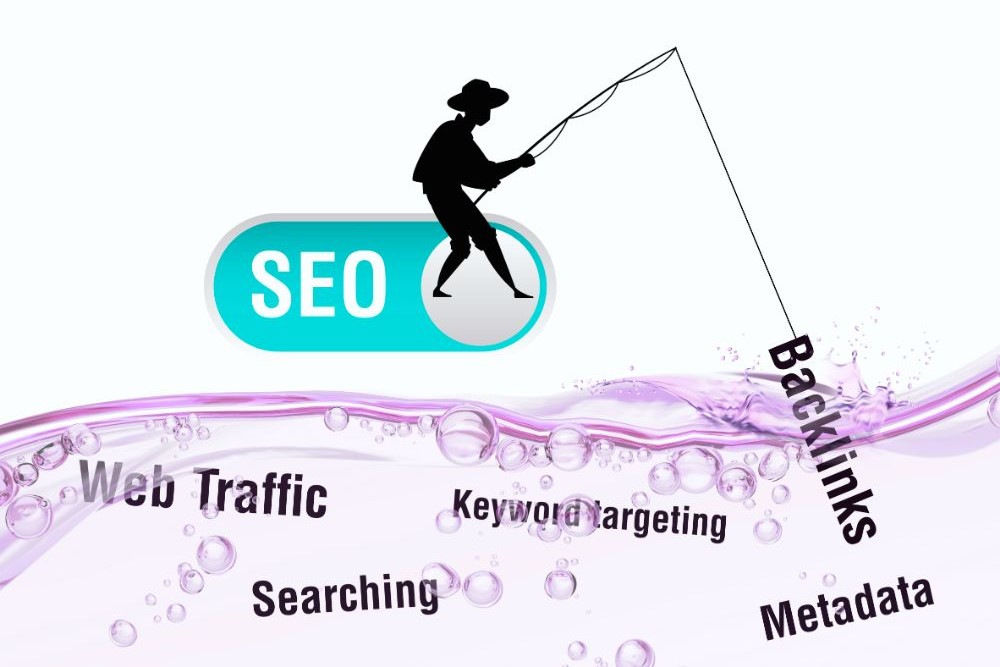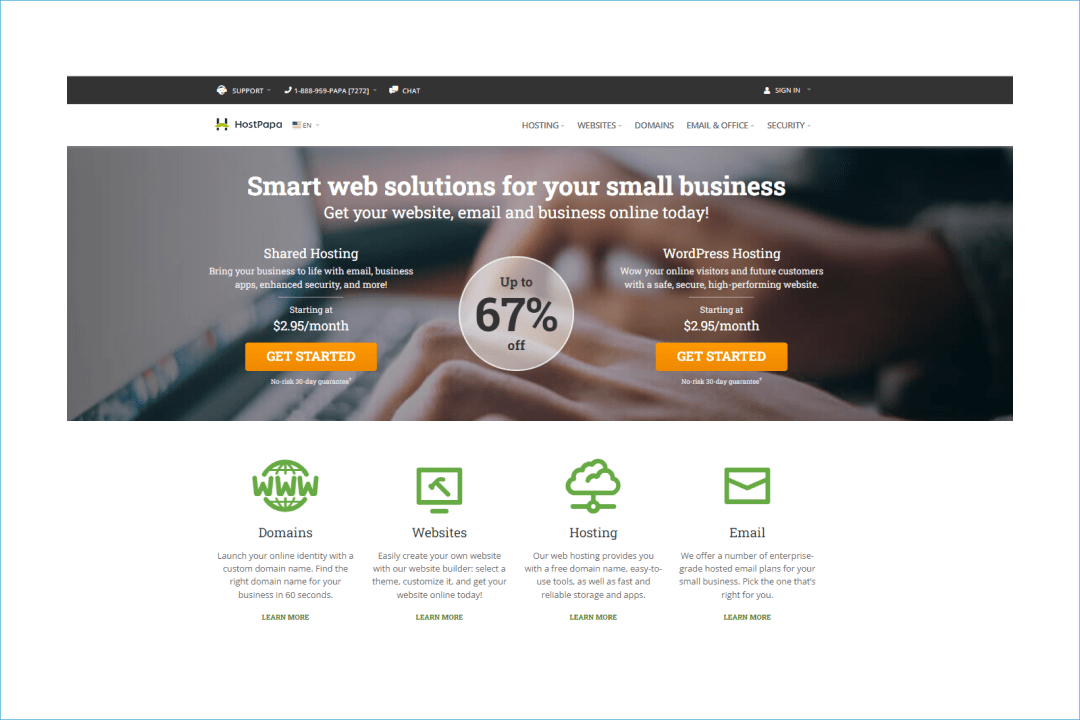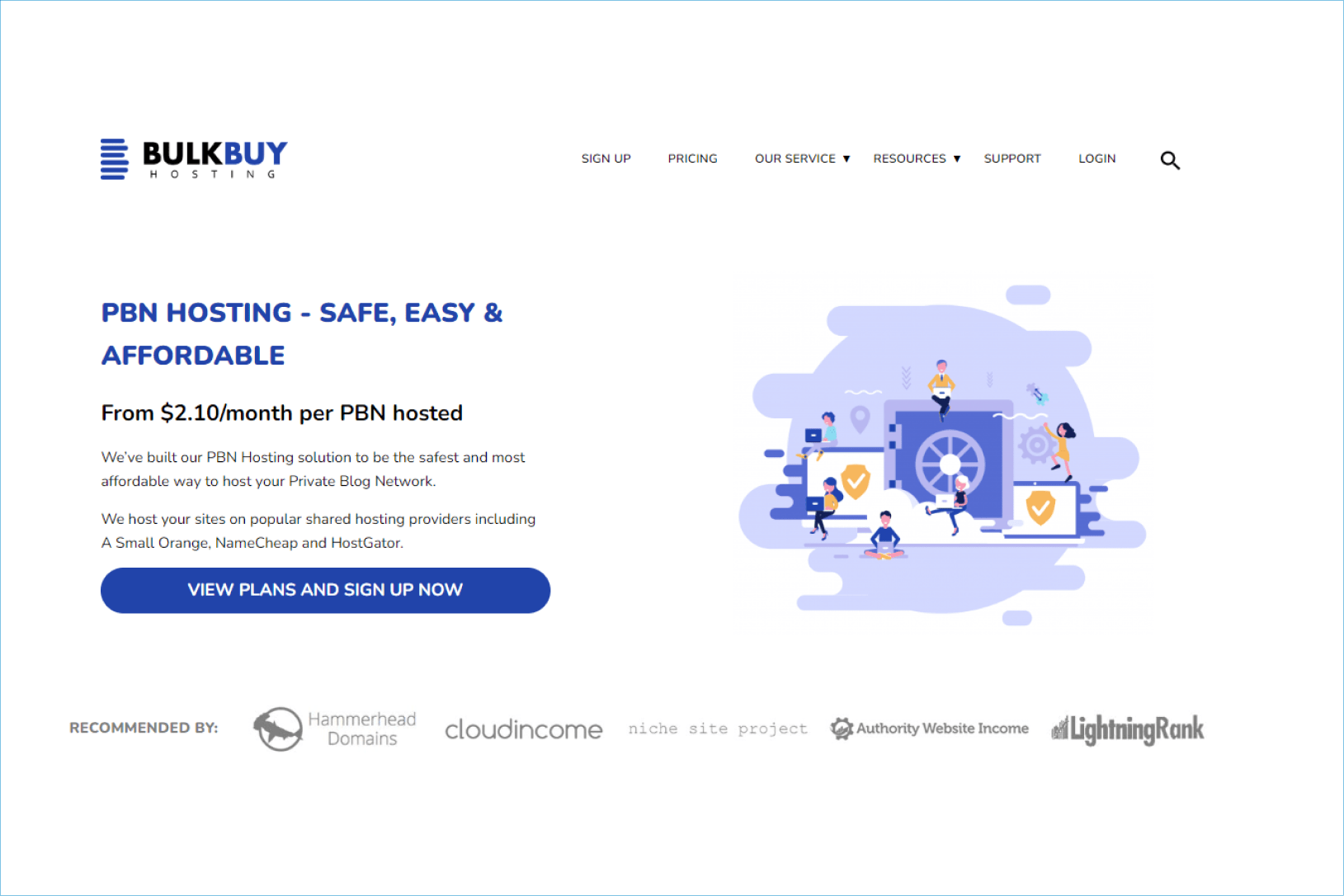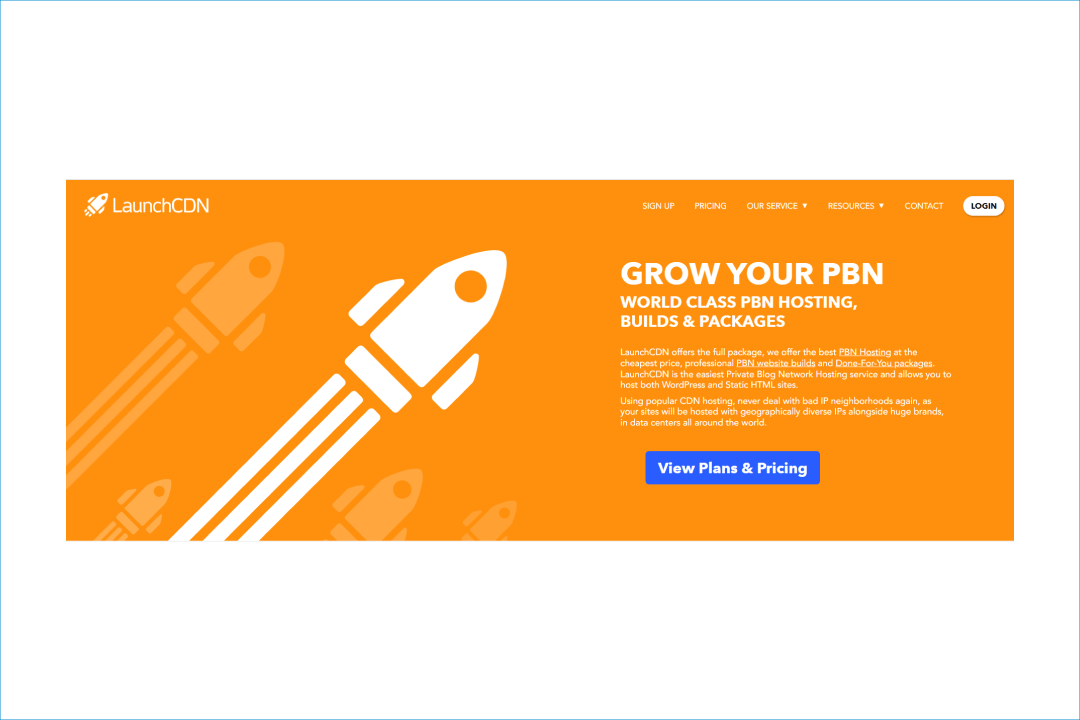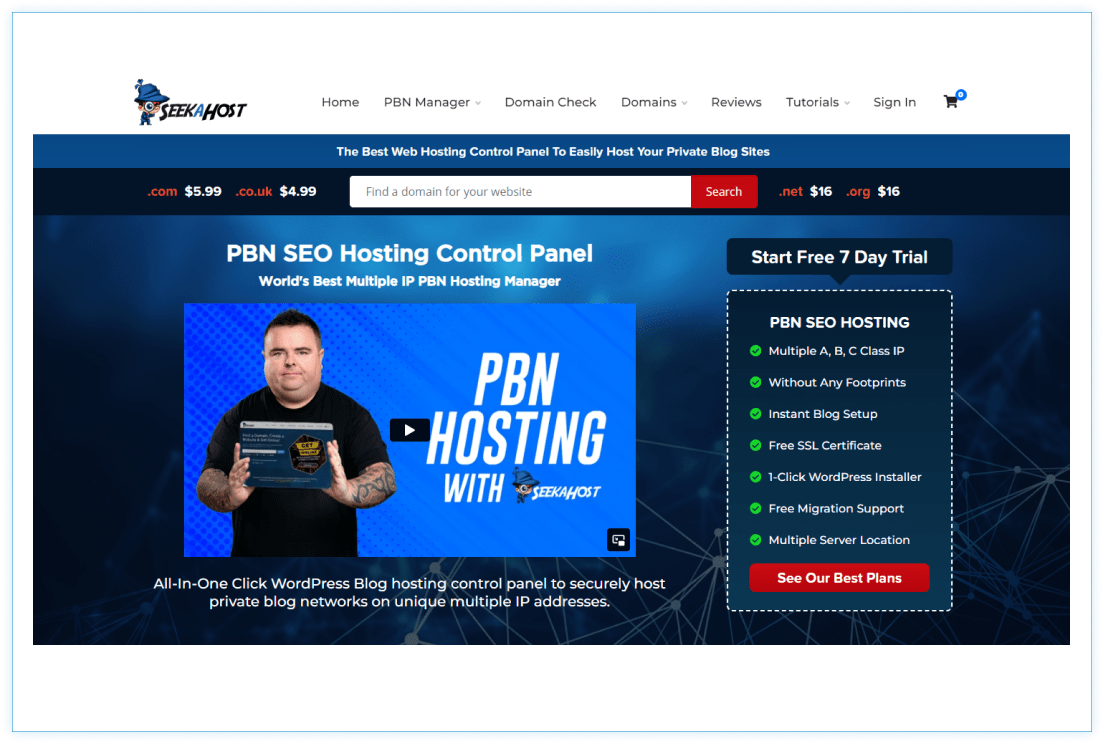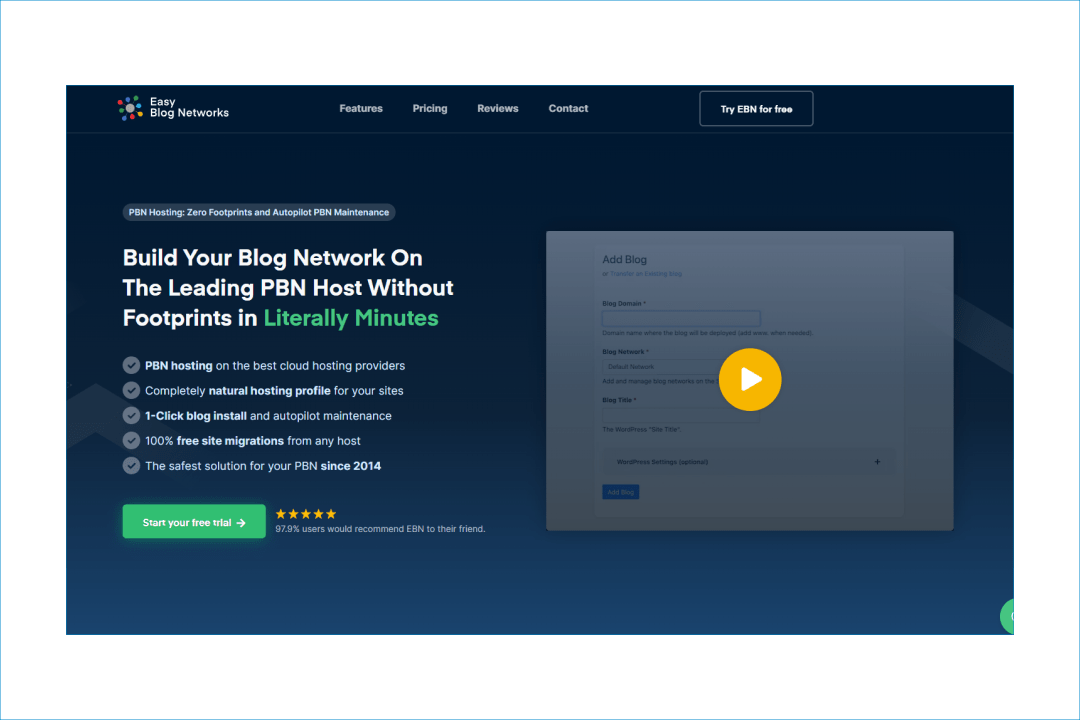
Content optimization is one of the most essential strategies for improving both your website’s visibility and user experience. By fine-tuning your content, you can make it more accessible to search engines while also ensuring it resonates with your audience.
In this guide, we’ll explore the core principles of content optimization, offering practical steps to help you enhance your SEO and increase engagement. Whether you’re just starting or looking to refine your current approach, this article will cover the basics to create content that performs effectively across the web.
Key Takeaways:
- Content optimization enhances visibility by aligning your content with SEO best practices, improving its chances of ranking higher in search results.
- High-quality, engaging content that addresses the needs of your audience can drive both user engagement and conversions.
- Optimizing for backlinks and social shares increases the likelihood of your content being shared and linked to by other websites, boosting credibility and SEO.
- Consistently applying a clear tone of voice and maintaining readability through varied sentence structures improves user experience and brand identity.
- Content optimization is not just about SEO; it also involves optimizing for user experience, including clear calls-to-action and mobile-friendly formats.
What is Content Optimization?
Content optimization is a critical aspect of digital marketing and search engine optimization (SEO). It involves refining content to improve its visibility, engagement, and effectiveness in attracting and converting audiences. By optimizing content, businesses can enhance their online presence, drive more traffic to their websites, and ultimately increase conversions.
Content optimization ensures that your content aligns with SEO goals while enhancing user experience. It involves making strategic adjustments to improve search engine rankings and ensure that the content meets the needs and expectations of your audience. This process is vital for increasing visibility in search results and engaging users effectively.
Why Is Content Optimization Important?
Here are the key reasons why content optimization is important:
Improved Search Engine Rankings
Content optimization is fundamental for achieving higher rankings in search engine results pages (SERPs). By aligning content with search engine algorithms and user intent, optimized content is more likely to meet the criteria necessary for higher rankings. This involves using relevant keywords, improving meta tags, and ensuring the content structure is search-friendly.
Increased Organic Traffic
Higher search engine rankings naturally lead to increased visibility and organic traffic. When content appears on the first page of search results, it attracts more clicks from users, resulting in more visitors to the website without relying heavily on paid advertising.
Enhanced User Experience
Optimized content improves user experience by making information easy to find and understand. This involves structuring content logically, improving readability, and ensuring fast loading times. A positive user experience increases engagement, reduces bounce rates, and encourages users to return. For more info, read our article How User Experience Affects SEO.
Higher Conversion Rates
Optimized content can convert more visitors into leads or customers by holding users’ attention longer and effectively addressing their needs. This includes using strategic calls-to-action (CTAs) and ensuring the content aligns with user intent. (learn more about search intent here: https://quirk.biz/what-is-search-intent/)
Competitive Advantage
In competitive markets, well-optimized content can give a business an edge over competitors by improving its visibility and search engine rankings. This advantage helps attract more targeted traffic and potential customers.
Long-term Sustainability
Content optimization is not just about immediate gains; it provides long-term benefits as well. Well-optimized content continues to perform well over time, maintaining or even improving its rankings as it remains relevant and valuable to users.
How to Optimize Content for SEO
To optimize content for SEO effectively, several strategies and techniques should be employed to enhance both search engine visibility and user engagement.
Here are key steps to consider:
Keyword Research and Usage
- Identify Relevant Keywords: Start by researching keywords that are relevant to your content and have traffic potential. Use tools to find keywords that align with user intent and your content goals.
- Use Semantically Related Keywords: Incorporate related terms (LSI keywords) to provide context and improve the relevancy of your content.
- Keyword Placement: Ensure your primary keyword appears in strategic locations like the title, first 100 words, headers, and throughout the content without overstuffing.
On-Page SEO Optimization
- Title Tags and Meta Descriptions: Craft compelling title tags and meta descriptions that include your target keywords to improve click-through rates from search results.
- URL Structure: Use clean, descriptive URLs that include relevant keywords to help search engines understand the page content.
Content Structure and Readability
- Use Header Tags: Organize content with header tags (H1, H2, H3) to create a logical structure that is easy for both users and search engines to navigate.
- Short Paragraphs and Sentences: Write in short paragraphs and sentences to enhance readability. Aim for an eighth-grade reading level to make content accessible to a broader audience.
- Bullet Points and Lists: Use bullet points or numbered lists to break up text and highlight key points, which can also help capture featured snippets.
Enhance Content with Media
- Optimize Images: Use descriptive filenames and alt text for images. Ensure images are optimized for fast loading times to maintain a positive user experience.
- Incorporate Videos and Infographics: Use engaging visuals like videos and infographics to explain complex concepts and keep users engaged longer.
Comprehensive Content Creation
- Cover Topics Thoroughly: Ensure your content comprehensively covers the topic by addressing common questions and providing detailed information. This helps establish authority and improves chances of ranking well.
- Build Topic Clusters: Create interlinked groups of related content (topic clusters) to signal expertise on a subject to search engines.
Technical SEO Considerations
- Internal Linking: Use internal links strategically to guide users through related content on your site, improving navigation and SEO value.
- Optimize for Page Speed: Ensure all elements of your page load quickly, as slow pages can negatively impact user experience and rankings.
Monitor Performance
- Analytics Tools: Use tools like Google Analytics to track the performance of your content in terms of traffic, engagement, and conversions. Adjust strategies based on data insights.
How to Improve the Quality of Your Content: Quirk.biz Experts Tips
Now that we’ve covered the fundamental principles of content optimization for rankings, it’s time to shift focus to another crucial aspect: improving the quality of your content. (I recommend reading our article How To Create a Successful SEO Content Strategy)
How to Improve Your Writing
Creating compelling and engaging content can be challenging, even for experienced writers. However, here are a few simple yet effective tips to elevate the quality of your writing:
- Personalize your content: Making your content feel more human is a major trend in content marketing. Before you write, take time to understand your target audience deeply. Speak to their concerns, interests, and preferences in a language they relate to.
- Write like you speak: Avoid overly complex or formal language. Shorter sentences and straightforward words are easier to read and digest. Don’t make your readers work harder than necessary to understand your message.
- Use plain language: The use of overly complex words can alienate readers. It’s important to focus on clarity and engage your audience, rather than trying to impress with jargon.
- Vary your sentence length: Long sentences can hinder readability, while an overuse of short ones may disrupt the flow of your writing. Varying sentence lengths create a more natural rhythm. To ensure your text reads smoothly, try reading it aloud before sharing it with your audience.
- Keep paragraphs short: Aim for concise paragraphs with fewer than 90 words. This keeps your content scannable and easier to read. Use writing tools to identify where paragraphs and sentences can be shortened.
- Maintain a consistent tone: Defining and sticking to a consistent tone of voice enhances your brand’s image and strengthens its identity. In fact, 78% of top-performing content maintains a unified tone, which helps build a lasting connection with the audience.
How to Improve Your Content for Backlinks and Shares
One of the key elements of SEO is earning backlinks, which requires creating content that is both linkable and shareable. There are several strategies you can apply to achieve this.
- Be thought-provoking: Offering a viewpoint that challenges conventional thinking can help you gain attention and attract backlinks. However, avoid being controversial just for the sake of it, as audiences can quickly see through this, reducing the long-term value of your content.
- Be original: Sharing a fresh perspective or introducing new ideas can inspire others to link to your content. Original research or data-driven insights often generate more shares and backlinks because they provide unique value to readers.
- Be authoritative: Content written or reviewed by subject-matter experts carries more weight. In areas like healthcare or finance, expert-backed content is essential, but the principle holds true for any industry – authoritative content is more likely to be shared and linked to.
- Take a stand: Aligning your content with clear values or principles can make it more memorable and linkable. Readers respect brands that stick to their ethics, and this can differentiate you from competitors.
- Leverage trends: Stay current by producing content on trending topics that backlink creators in your niche are discussing. Ensure, though, that you have a genuine contribution to make on the subject, rather than just following the trend for attention.
- Develop a distinct voice: A recognizable voice helps build a loyal audience. As you gain trust and credibility, your followers are more likely to link back to your content.
- Promote Social Sharing: Make it easy for readers to share your content by ensuring that social share buttons are easily accessible. Additionally, gently remind your audience to share at the end of the article.
- Align with your audience’s opinions: Content that reflects the beliefs or values of your audience is more likely to be shared. Understanding their mindset is key to creating content that resonates.
- Support your audience as experts: People like to share content that helps them present themselves as knowledgeable. Creating content that is accurate, informative, and authoritative will encourage readers to share it with their networks.
- Create emotional connections: Inspirational or relatable stories often encourage readers to share. If your content resonates on a personal level, readers will be more inclined to spread the word.
How to Optimize Content for Conversions
SEO and optimization go beyond backlinks and traffic; it’s equally important to think about converting those visitors into leads or customers. Each piece of content should have a clear conversion path. Here are some things to keep in mind:
Target the Right Audience: Tailoring your content to the right audience is crucial for conversions. For instance, if you run a B2B agency, your content should be written for decision-makers, such as marketing executives, using terminology they understand and addressing their specific challenges.
Craft Effective Calls to Action (CTAs): CTAs guide users toward the next step. Whether you’re asking them to subscribe, download, or make a purchase, the CTA must be relevant to where the reader is in their journey. Design your CTA thoughtfully and place it strategically to align with the content’s purpose.
Focus on Reader Needs: Effective content emphasizes how your product or service solves the reader’s problem. Especially for bottom-of-funnel content, focus on the benefits and practical use cases rather than talking up your product’s features.
Conclusion
Content optimization is a key part of building a successful online presence. By focusing on SEO best practices, improving content quality, and engaging your audience with relevant, valuable information, you can enhance both your visibility and user experience. Remember that optimization is an ongoing process that requires regular updates and adjustments to stay effective. With a thoughtful approach, you can create content that not only ranks well but also resonates with your readers.

